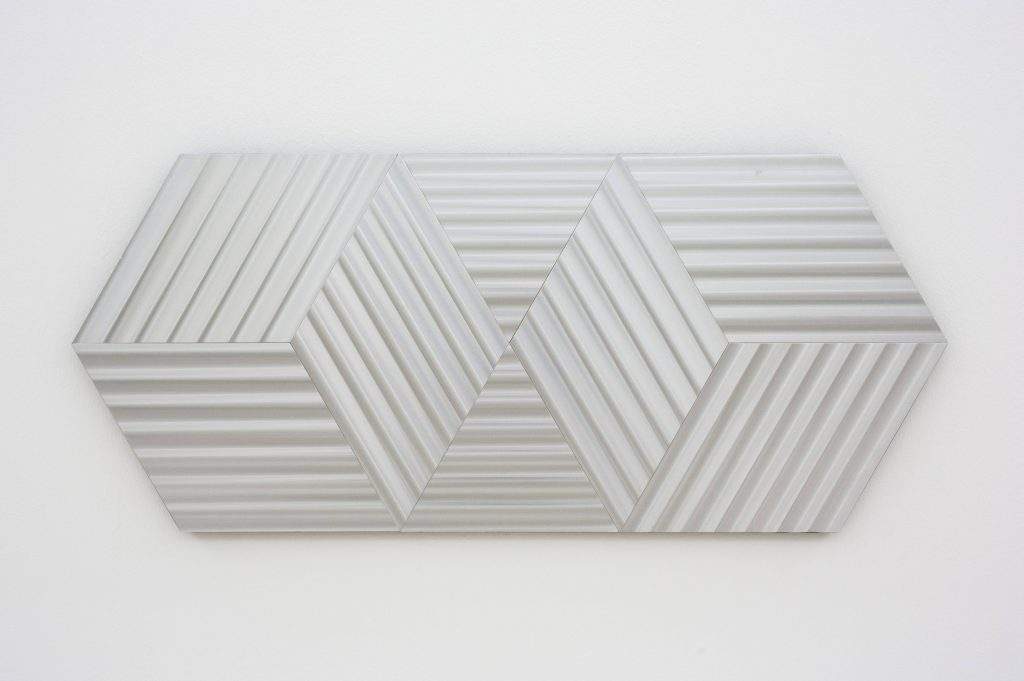Getulio Alviani, a leading exponent of programmed art and kinetic art, died yesterday in Milan at the age of 78. Born in Udine, Italy, on Sept. 5, 1939, he was trained by studying the Bauhaus lesson (he was also a friend of Walter Gropius) and proposed an art that investigated the structure of perception: he was best known for his “lines of light,” works in metal surfaces (especially aluminum) that were then milled and modulated according to patterns that, through the modulation of planes and lines, created particular optical effects. A friend of several important artists, from Albers (on whom he also wrote a book) to Fontana, from Max Bill to Sonia Delaunay, he exhibited three times at the Venice Biennale and once at Documenta, and from 1976 he taught for five years at the Academy of Fine Arts in Carrara. He exhibited in several international museums in group and solo shows, from MoMA in New York to the Palais des Beaux-Arts in Brussels, from the Kunsthalle in Cologne to the Grand Palais in Paris.
Getulio Alviani was also one of the earliest exponents ofprogrammed art (as defined by Bruno Munari), that is, art whose works arose from preset programs. His kinetic and visual structures ended up influencing fashion as well: in fact, Alviani also collaborated with fashion designers, creating fabrics that carried the structures of his works. He was one of the major protagonists of twentieth-century art.
Image: Getulio Alviani, Textura vibratile (1972; hexagons and 2 vertical cubes; Naples, Dina Caròla Collection, on loan to Madre - museo d’arte contemporanea Donnaregina). Photo © Amedeo Benestante)
 |
| Farewell to Getulio Alviani, great artist of the 20th century |
Warning: the translation into English of the original Italian article was created using automatic tools. We undertake to review all articles, but we do not guarantee the total absence of inaccuracies in the translation due to the program. You can find the original by clicking on the ITA button. If you find any mistake,please contact us.